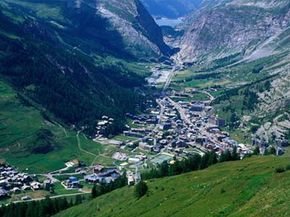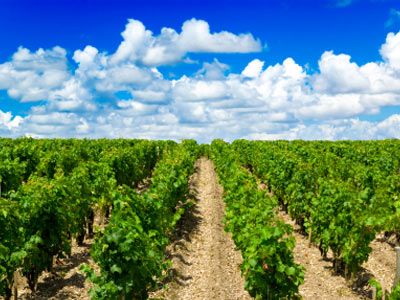The setting is intoxicating: pristine alpine air, deep blue lakes and forested mountain ranges define the landscape of France's Savoie region. Lying on the fringes of the eastern border of France with Switzerland and Italy, its location makes it ideal for both skiing and wine.
The global community got a close-up view of the area when the 1992 Winter Olympics were held in the Savoie's renowned ski area, Albertville. Considered one of the most beautiful tourist destinations in France, this area of the French Alps is a winter magnet for vacationing skiers and a summer destination for outdoor enthusiasts, campers and hikers [source: French Wines].
Advertisement
Small villages with vineyards dot the mountain slopes. Given the French thirst for fine wines, amateurs and professionals can be sure to find local wines to soothe their palates. Designated as one of France's winegrowing regions, the Savoie wine region is located south of Geneva's Lac Leman, East of Lyon and north of Grenoble. Vineyards are found in four French regions, or departments: Savoie, Haute-Savoie, Ain and Isere [source: Stevenson].
Unlike the looser regulations that govern Italian wine production, the French are more particular about the classification system they use. Their no-nonsense oversight makes it easier for consumers to pick out wines of a particular quality, identify what (and what percentage of) grapes are in the wine, and where those grapes originated. The French even define just how bubbly sparkling wine should be.
The region consists of about 5,600 acres (2,300 hectares) of vineyards. Labels from Savoie typically have one of the following names on them: Savoie, Bugey, Crepy or Seyssel. While the Savoie and Bugey names apply to regions, Crepy and Seyssel identify the particular village where the wine was produced [source: Find the Vine].
You might wonder how this region developed its culture as well as its wine. Read on to learn about the history and culture of Savoie.
Advertisement


